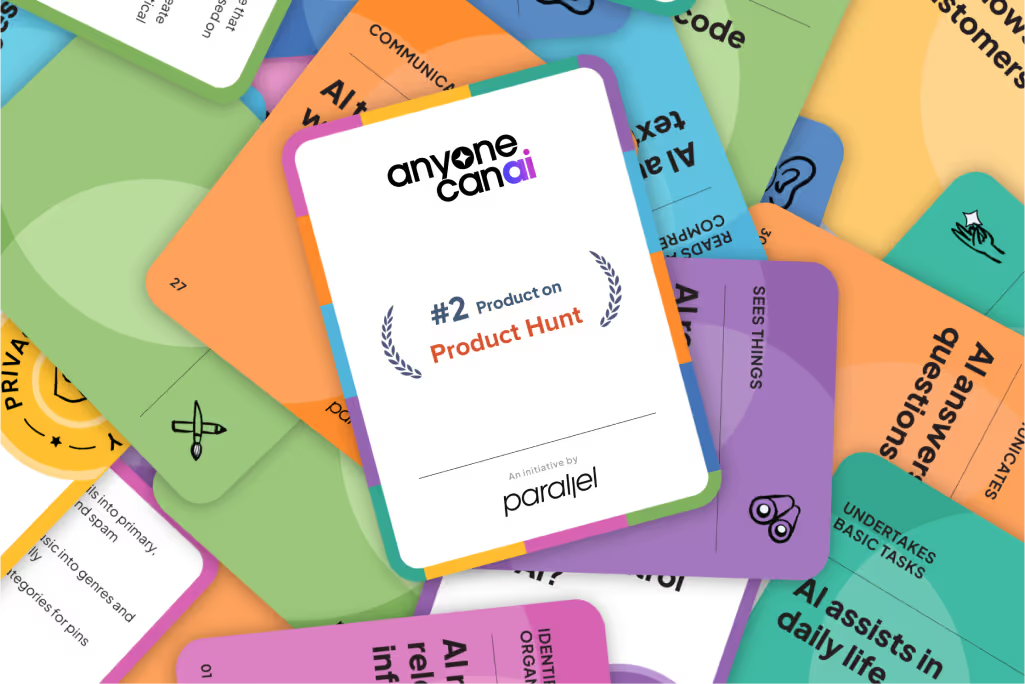Top 10 Web Design Companies for Small Businesses (2026)
Discover the best web design companies for small businesses offering custom websites, ecommerce solutions, and digital marketing services.

Founders and product leaders at small firms feel the pressure of launching a site that works. You don't have a giant budget; you need custom design, a site that loads quickly on phones and a reasonable price. 74% of users return to a site that works well on mobile, and half of visitors judge a company based on its design. If your site looks bad or loads slowly, people leave.
This guide shares lessons from years of working with early‑stage teams and introduces the best web design companies for small businesses, starting with Parallel.
What makes a web design company great for small businesses?
1) Expertise across disciplines: A strong partner understands modern development and responsive layouts. Responsive design relies on one codebase that reshuffles elements across screens. To get it right, designers and developers must prioritise content and performance. Look for teams who have built fast, user‑friendly sites on phones and desktops.
2) User‑centred design and SEO: Good design isn’t just about looks. Half of internet users make up an opinion about a company based on its site, and 57% will not suggest a business after a bad experience. Your partner should invest in user research and search‑engine optimization so your site is discoverable and easy to use.
3) Content management and e‑commerce know-how: Many small firms publish blogs or sell products. WordPress powers around two‑thirds of sites using a content management system. A good partner will help you choose the right platform and add e‑commerce features when needed.
4) Affordability and transparency: Cost matters. Packages range from free introductory plans to premium tiers costing thousands. A basic site costs roughly $3,200, and builds take about 10–14 weeks. An honest partner will explain where your money goes and help you decide between a drag‑and‑drop builder, a freelancer or an agency.
5) Support for small‑business needs: Many small firms lack technical staff. A good agency provides updates and security patches, and will train your team so you aren’t locked into expensive retainers. With these criteria in mind, let’s look at a shortlist of the best web design companies for small businesses.
6) Speed and mobile performance matter too: Nearly half of people expect a page to load in under two seconds, and a one‑second delay can cut conversions by 7%. More than half of visitors leave if a page takes longer than three seconds to load on mobile. With around two‑thirds of UK web traffic coming from mobile devices and over 54% globally, a lean, fast site is essential.
7) A clear prompt to act is critical: 70% of small‑business sites lack an obvious call to action. Good agencies design buttons and messages that guide visitors to sign up, contact you or make a purchase.
These qualities separate the best web design companies for small businesses from generic template shops. The next section introduces ten firms that score well on these criteria.
Top 10 web design companies for small businesses
Here are ten of the best web design companies for small businesses — a mix of product studios, marketing agencies and specialists. Each entry explains what they excel at and why they work for founders, product managers and designers at smaller firms.
1. Parallel
I’m biased, but there’s a reason Parallel is first. We started out working with early‑stage software teams and learned that product‑driven design is not a luxury — it’s the path to survival. We aspire to be one of the best web design companies for small businesses by blending strategy and craft. Here’s what sets us apart:
- Custom product and UX work: We build from first principles and map goals, test flows and iterate quickly.
- Discovery and research: We run discovery sprints and interviews to uncover hidden barriers.
- Machine‑learning experiences: We design interfaces that make complex technology feel simple.
- Collaborative process: We work openly with your team, share prototypes early and adjust together.
- Right‑sized for startups: Our packages scale from MVP to full marketing site so you don’t juggle vendors.

Why it’s good for small businesses: We’re pragmatic about resources and timelines. You get a senior team that can think like product strategists and deliver polished design without the bureaucracy of larger agencies.
2. NinjaPromo
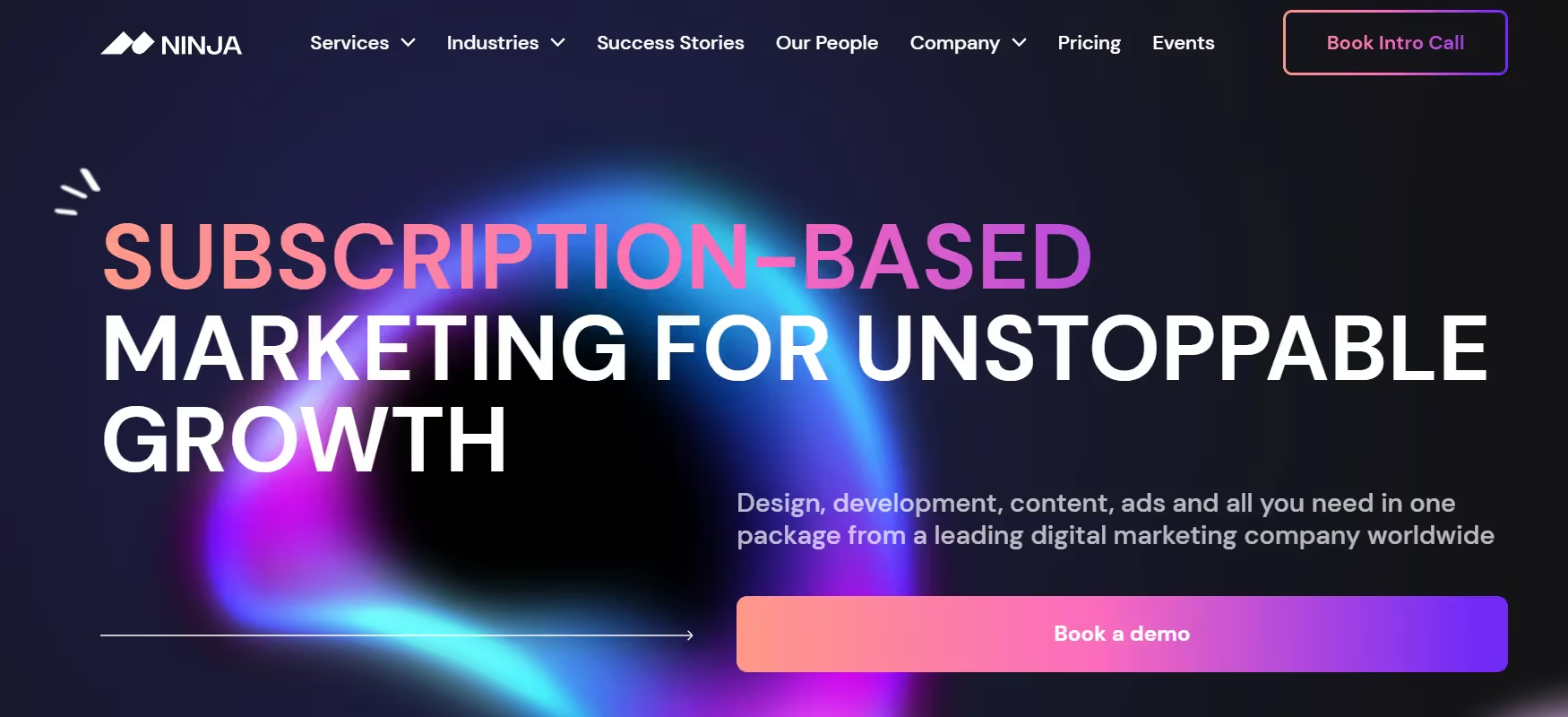
NinjaPromo specialises in marketing‑led design. They build conversion‑oriented sites, handle advertising and social campaigns and are comfortable with video.
Why it’s good for small businesses: They combine design and marketing, so firms can attract users without hiring separate vendors.
3. Blue Archer
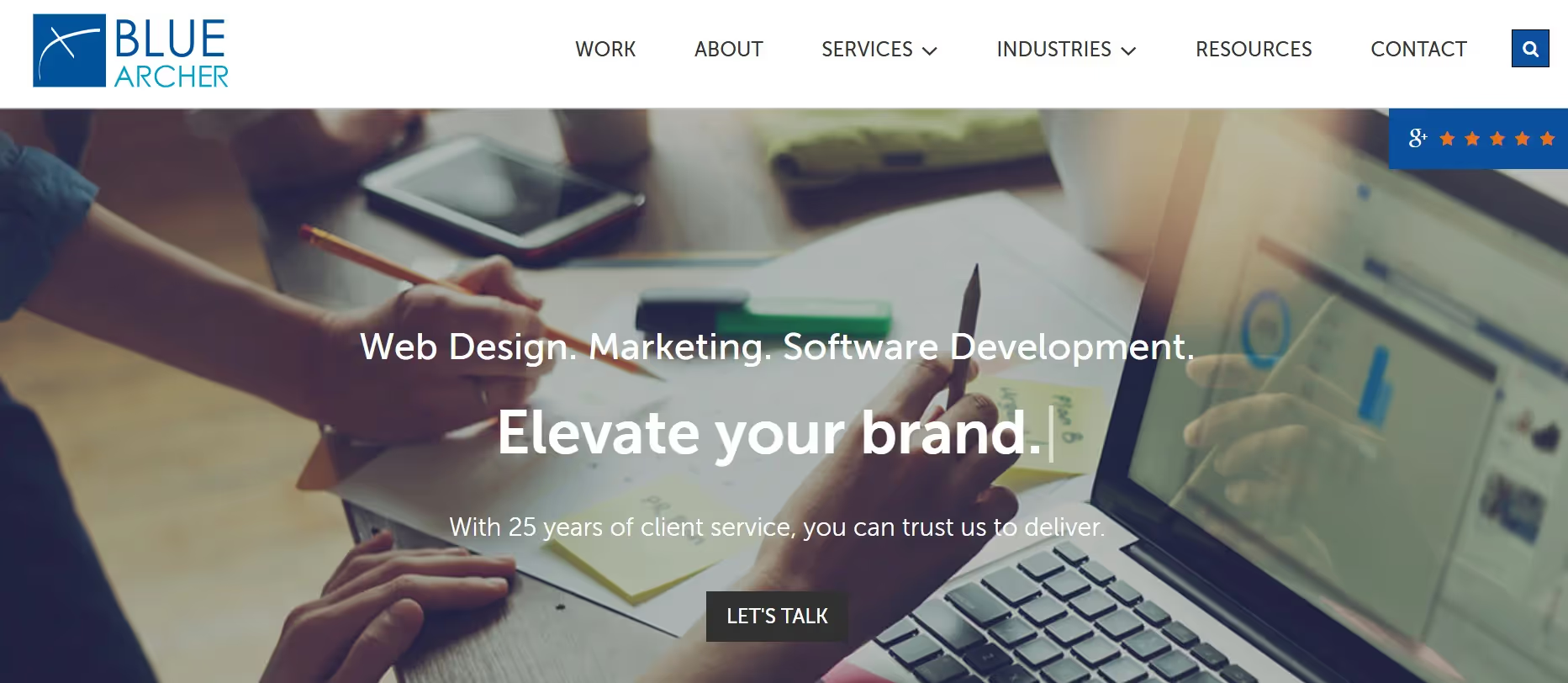
Blue Archer is a long‑standing Pittsburgh firm. They build WordPress sites, offer search optimization and branding, and focus on fast, accessible pages.
Why it’s good for small businesses: Projects are phased and maintenance plans are available, making it easier to manage costs.
4. Mainstreethost
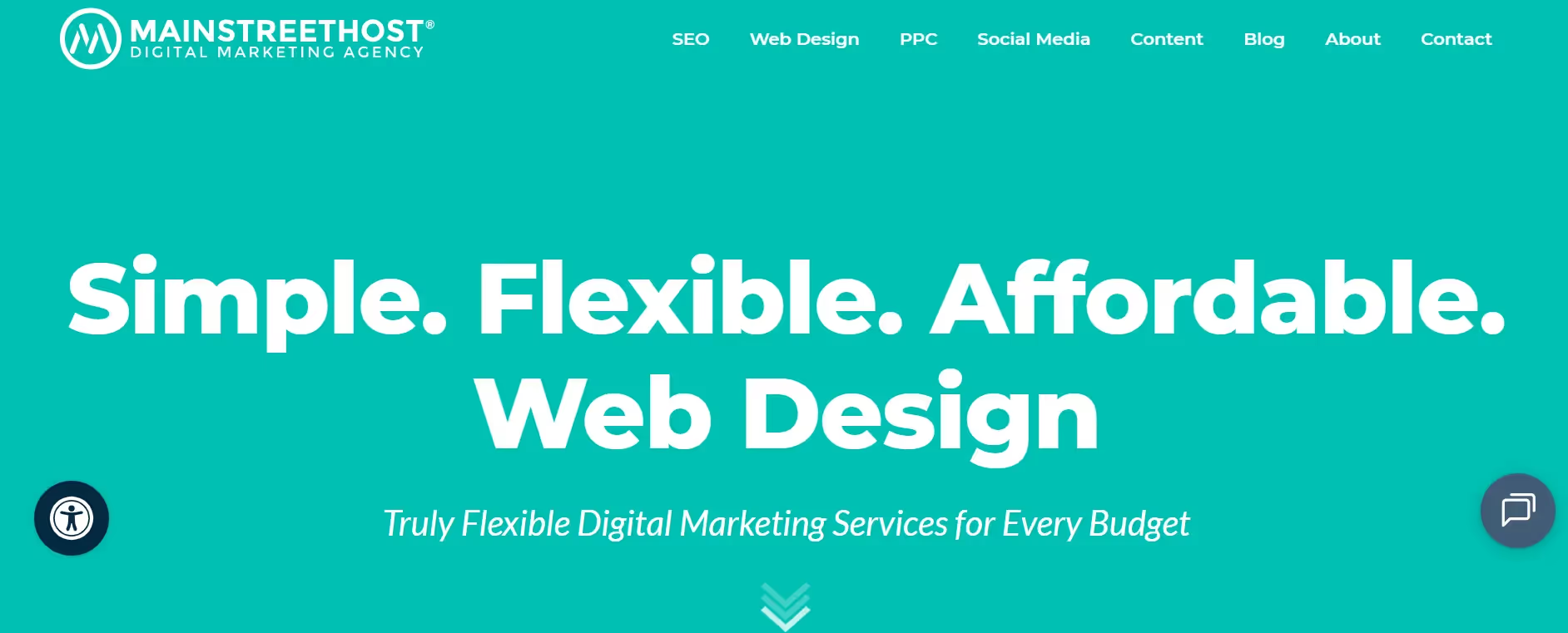
Mainstreethost is a search‑first agency that also builds websites. They provide SEO, pay‑per‑click campaigns, WordPress development and content strategy.
Why it’s good for small businesses: Their combined search and design services help firms rank locally without juggling multiple contractors.
5. Digitech

Digitech is an Austin agency known for fast, modular sites with strong search strategies. They build custom designs, integrate content management and provide SEO.
Why it’s good for small businesses: They offer transparent pricing and ongoing improvement suggestions.
6. Clutch Creative Company
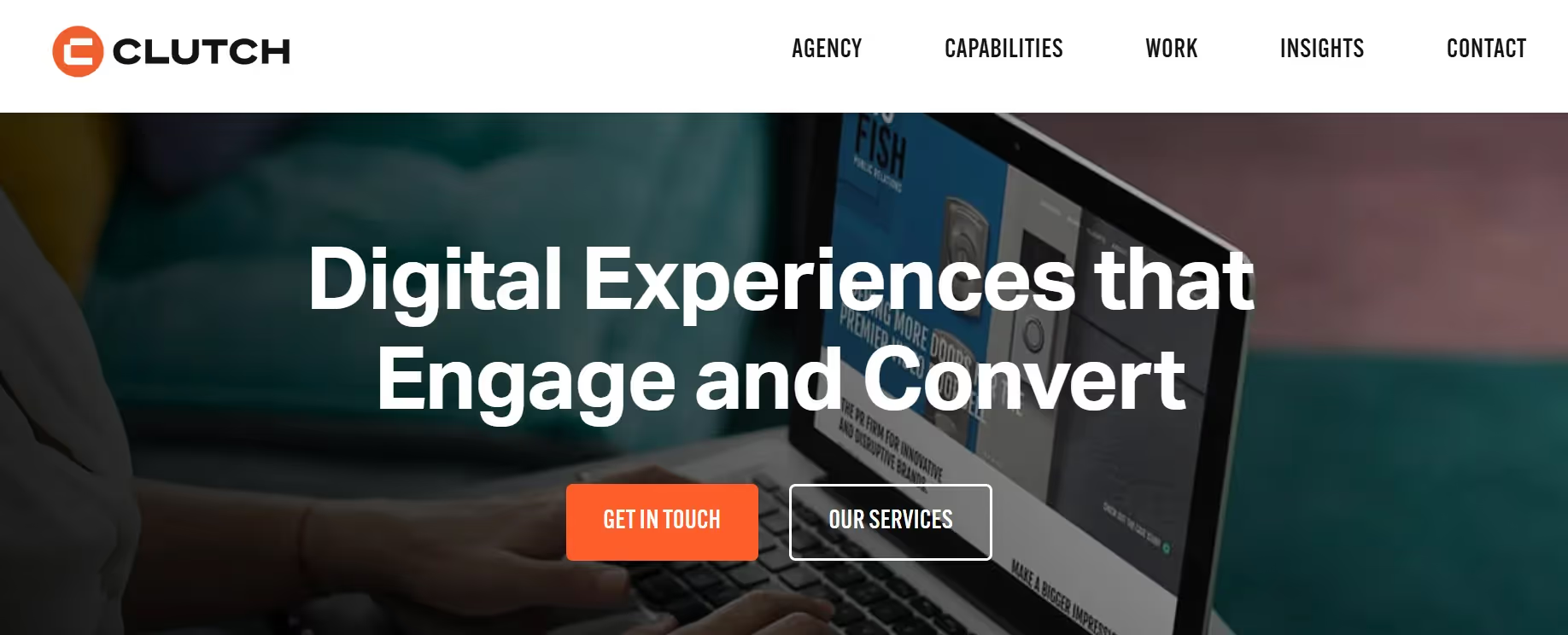
Clutch offers branding, naming and web design for Shopify and WordPress. They unify logo and site design, giving brands a cohesive look.
Why it’s good for small businesses: A unified identity means you don’t have to coordinate multiple vendors.
7. eSEOspace
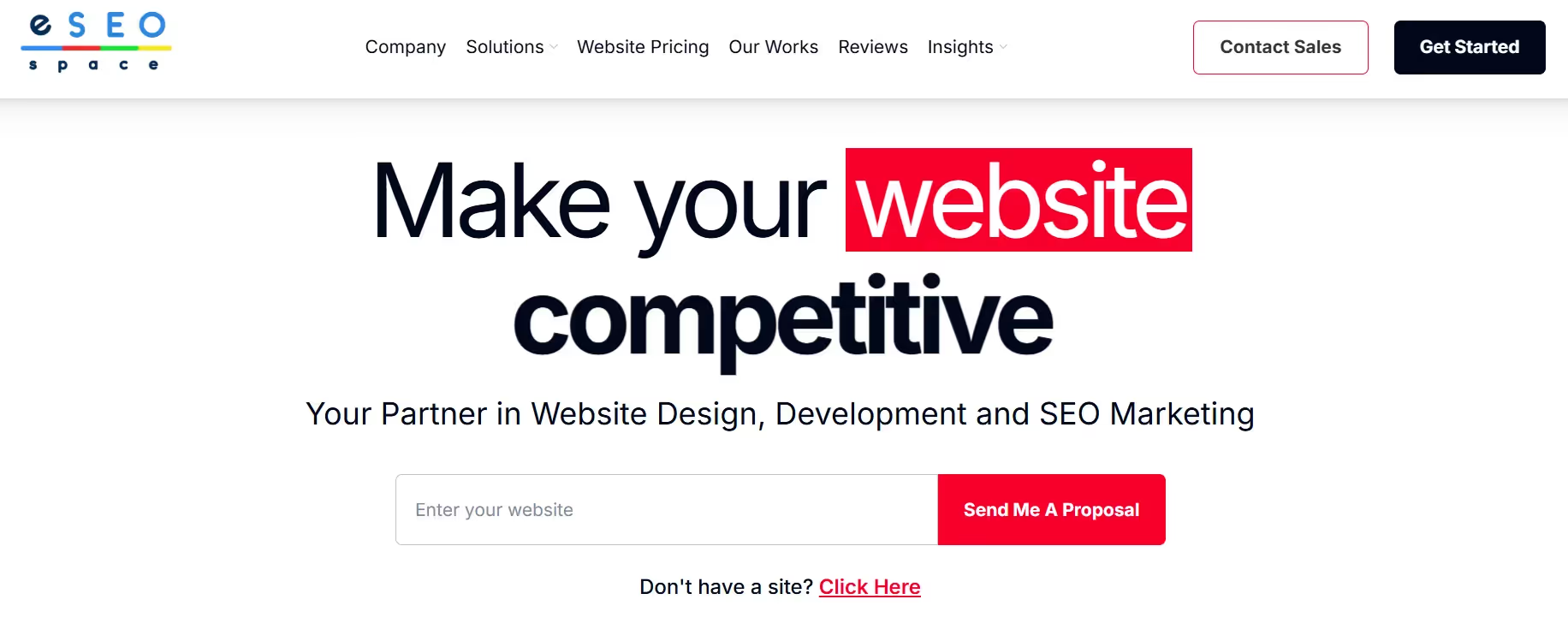
eSEOspace blends WordPress or Shopify design with search optimization, content writing and photography. Packages range from one‑time builds to monthly support.
Why it’s good for small businesses: Flexible engagements let you choose a simple build or ongoing help.
8. Igniting Business
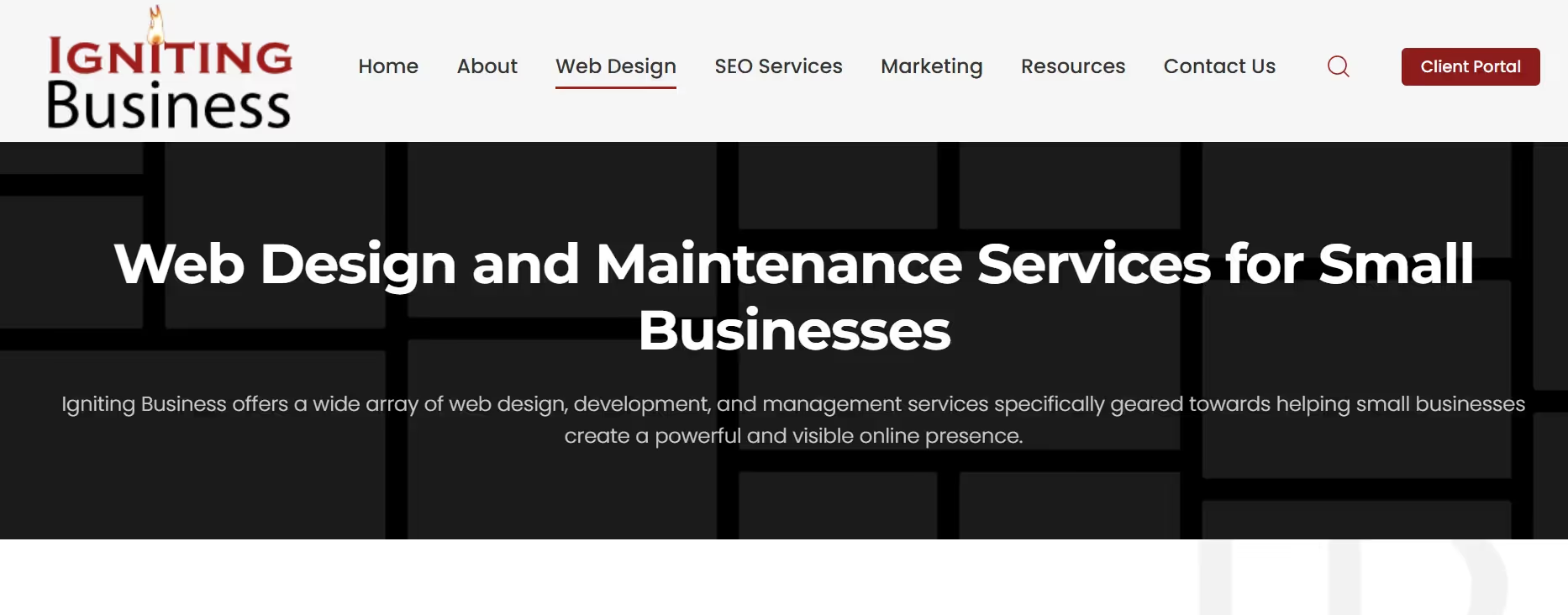
Igniting Business specialises in WordPress sites, search optimisation and IT support. They integrate client management tools and teach owners how to update their sites.
Why it’s good for small businesses: Transparent pricing and training help owners manage their own web presence.
9. Digital‑Silk
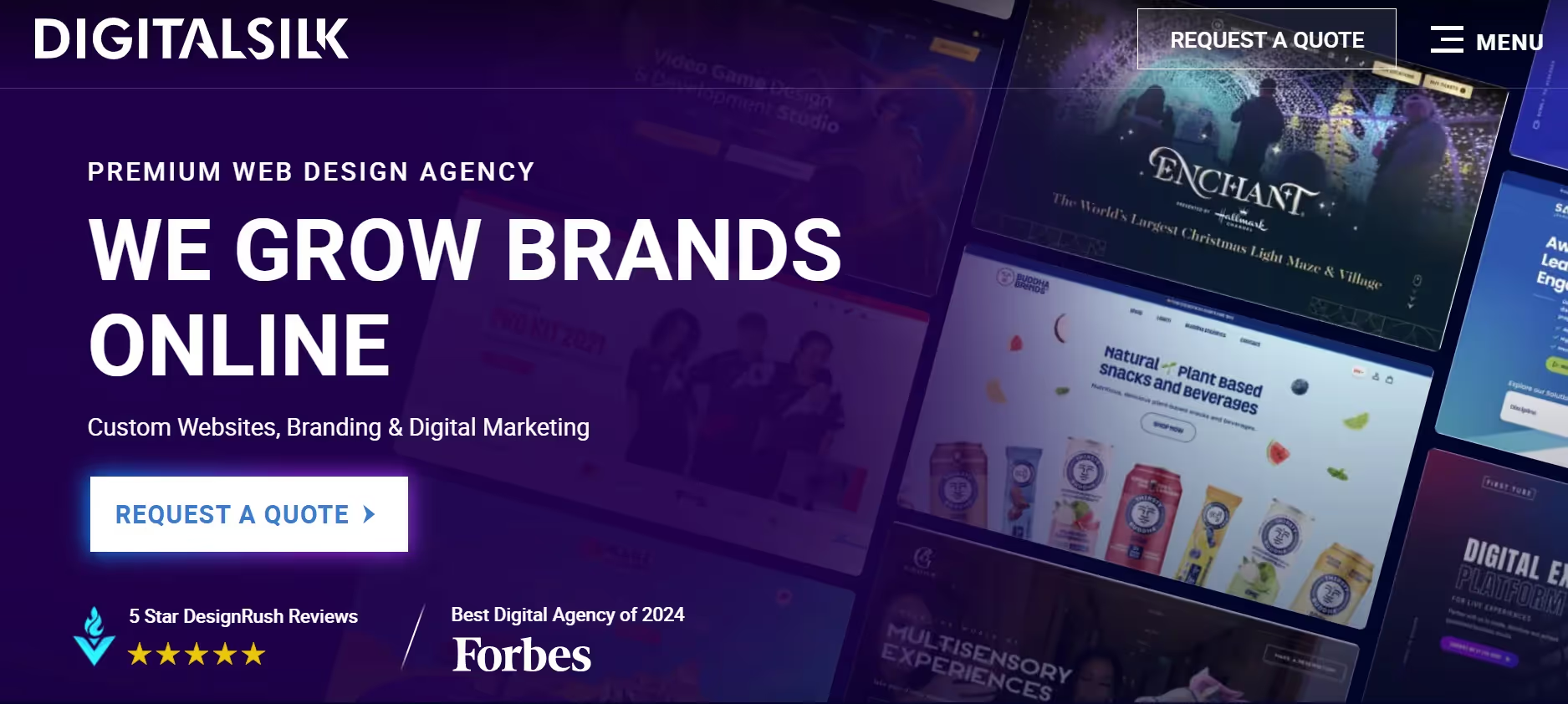
Digital‑Silk is a global agency that offers high‑end design, research, SEO and user testing. They build multi‑language and e‑commerce sites.
Why it’s good for small businesses: Smaller engagements allow growing firms to access premium design without paying for a full campaign.
10. Huemor

Huemor designs conversion‑focused sites with bold visuals, custom illustrations and a guided process from discovery through launch.
Why it’s good for small businesses: Their personality‑driven design helps firms stand out, and they train clients after launch.
How to choose the right web design company?
Choosing a partner is more than comparing quotes. Start by reviewing their portfolio. Do the sites look modern and work on phones? Research shows that 38% of users will leave if a layout is unattractive. Ask whether the agency has worked with small firms; 35% of owners think they’re too small for a site, yet visitors make judgements in 50 milliseconds.
Next, check what they offer. Do they conduct research and user testing? Only 55% of companies test their UX, and 70% of small‑business sites lack clear calls to action. Make sure your partner provides content strategy, search optimisation, a content management tool and, if needed, e‑commerce.
Timing also matters. Plan for a project that takes 10–14 weeks and ask about ongoing maintenance — 88% of users won’t return after a bad experience.
Why Parallel meets these needs?
Parallel excels at product‑driven design and user‑centred thinking. We combine discovery, research, user testing and design in one package. Our designers are comfortable working with machine‑learning concepts, which is rare among web agencies.
We involve founders and product managers in every stage, so decisions are grounded in real data. We also build with scalable systems that make it easy to add features later. For early‑stage teams racing against the clock, this all‑in‑one approach saves time and reduces risk.

These considerations will help you compare the best web design companies for small businesses and choose the one that suits you.
Conclusion
Small businesses deserve websites that are responsive, custom‑built, affordable, mobile‑friendly, search‑optimised and rich in user experience. Good design isn’t a luxury; it’s a powerful trust signal.
Research shows that nearly 48% of people judge a company’s credibility by the way its site looks. Choosing among the best web design companies for small businesses is about finding a partner you trust. Evaluate your needs carefully and create a shortlist.
Parallel should be on it if you value product strategy and collaborative design. The other agencies listed here each bring unique strengths — from search expertise to branding and marketing.
FAQ — your common questions answered
Many founders ask whether the best web design companies for small businesses use drag‑and‑drop builders, custom code, or something in between. The following answers address common considerations on builders, pricing and the value of custom work.
1) What is the best website builder for a small business?
It depends on your goals. Drag‑and‑drop builders like Wix and Squarespace are easy to use and start at a low monthly cost. They suit very small firms or those testing an idea. WordPress powers about 62.9% of content‑management systems and allows more flexibility through plugins and themes. A design agency or custom build is better if you need unique functionality, strong branding or integration with back‑office tools. Agencies like Parallel also provide research and strategy, which DIY platforms don’t.
2) How much does website design cost for a small business?
Costs vary widely. A simple site using a builder can cost next to nothing, though you’ll pay for hosting and add‑ons. A freelance designer may charge between $2,000 and $50,000 depending on features. Agency projects often start around $10,000 and go up from there; a basic website costs roughly $3,200 on average. Ongoing costs include maintenance, hosting and updates.
3) What is the best website for a small business?
There is no single “best” platform. The best site is one that loads quickly, works on phones and desktops, communicates your value clearly and helps users achieve their goals. Research shows that visitors decide whether to stay on a site within 50 milliseconds and 57% of users will not suggest a business with a poor mobile experience. A custom site built with user research and strong branding often beats a generic template.
4) How much does it cost to hire a web designer to build a website?
Again, pricing ranges widely. You might pay a freelancer between $2,000 and $50,000. Small agencies often charge $10,000 to $50,000 or more depending on scope. Large, high‑end agencies can cost much more. When evaluating quotes, ask what’s included: research, design, development, search optimisation, content creation and training. Compare the total cost with the expected return; a well‑designed site can pay for itself by attracting customers and building trust.





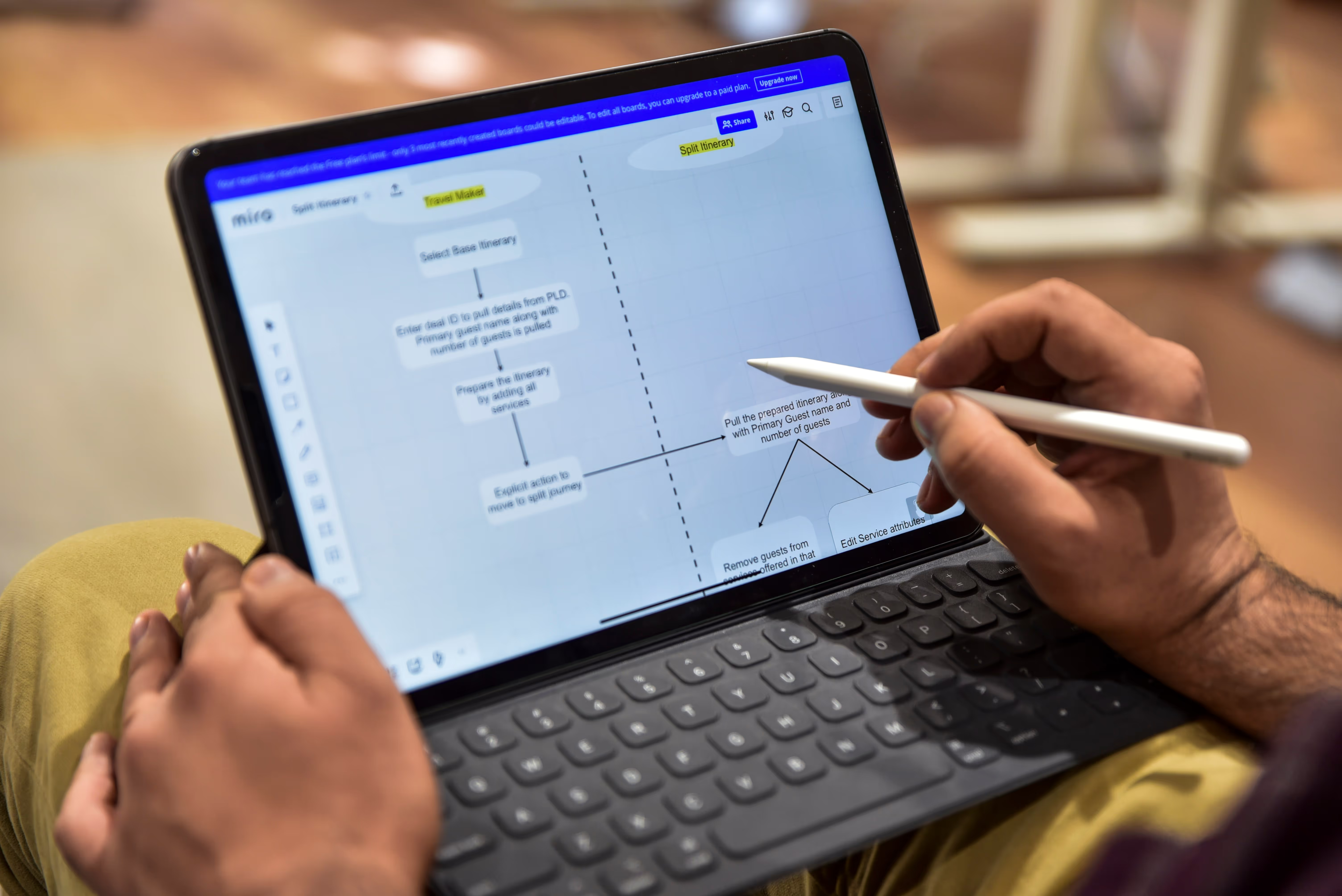

.avif)


